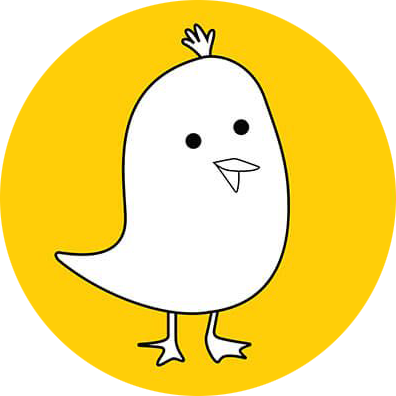Winter Depression is Real: Effective Ways to Battle Seasonal Affective Disorder (SAD)
As winter approaches and days get shorter people with seasonal depression can feel it in their bodies and brains.

Winter Depression is Real: As winter approaches and days get shorter people with seasonal depression can feel it in their bodies and brains. “It’s a feeling of panic, fear, anxiety and dread all in one,” said Germaine Pataki, 63, of Saskatoon, Saskatchewan.
“I try to focus on helping others through it,” Pataki said. “This gives me purpose.”
She’s one of the millions of people who have seasonal affective disorder, or SAD. Her coping strategies are yoga, walking and an antidepressant. She’s also in a Facebook group for people with SAD.
People with SAD have episodes of depression that start in the fall and end in the spring or summer. Changing the clocks back to standard time, which happens this weekend, can trigger SAD. There’s a milder form, subsyndromal SAD, recognized by doctors and a summer version of seasonal depression, though not as much is known about that.
Also Read: Delhi Elite Splurge on Luxury Cars and High-End Properties at Diwali Card Parties
In 1984 a team led by Dr Norman Rosenthal, a researcher at the National Institutes of Health, first described SAD and coined the term. “I think because it’s easy to remember the acronym has stuck,” he said.
Scientists are figuring out how specialized cells in our eyes turn the blue part of the light spectrum into neural signals that affect mood and alertness.
Sunlight is full of blue light so when the cells absorb it our brain’s alertness centers get turned on and we feel more awake and possibly even happier.
Researcher Kathryn Roecklein at the University of Pittsburgh tested people with and without SAD to see how their eyes reacted to blue light. People with SAD as a group were less sensitive to blue light than others, especially in the winter. That’s a cause of winter depression.
“In the winter, when the light levels drop, that combined with a lower sensitivity, might be too low for healthy functioning, leading to depression,” Roecklein said.
Miriam Cherry, 50, of Larchmont, New York said she spends the summer planning how she’ll deal with her winter depression. “It’s like clockwork,” Cherry said. “The sunlight is low. The day ends at 4:45 and suddenly my mood is terrible.”
Many people with SAD respond to light therapy said Dr. Paul Desan of Yale University’s Winter Depression Research Clinic.
“The first thing to try is light,” Desan said. “When we get patients on exposure to bright light for a half an hour or so every morning, the majority of patients get dramatically better. We don’t even need medications.”
The therapy involves devices that emit light about 20 times brighter than regular indoor light.
Also Read: 7 Big Changes from Nov 1: Money Transfer Rules, Credit Card Updates, FD Rates & LPG Prices
Research says to use a light of about 10,000 lux, a measure of brightness. You need to use it for 30 minutes every morning according to the research. Desan said this can help not only people with SAD but also those with milder winter blues.
Special lights run from $70 to $400. Some products marketed for SAD are too dim to do much good, Desan said.
Yale has tested products and has a list of recommendations and the nonprofit Center for Environmental Therapeutics has a consumer guide to choosing a light.
If your doctor has diagnosed you with SAD check with your insurance to see if the light is covered, Desan said.
Antidepressants are the first line of treatment for SAD along with light therapy. Doctors also recommend keeping a regular sleep schedule and walking outside even on cloudy days.
Light therapy’s effects wear off when you stop using it. One type of talk therapy — cognitive behavioral therapy, or CBT — has been shown in studies to have more lasting effects, says University of Vermont researcher Kelly Rohan.
CBT is working with a therapist to change unhelpful thoughts.
“A very common thought that people have is ‘I hate winter,'" Rohan said. “Reframe that into something as simple is ‘I prefer summer to winter,'" she suggested. “It’s a factual statement, but it has a neutral effect on mood.”
You have half the year to develop coping strategies and some have found hacks that work for them — though there may not be much science behind them.
Elizabeth Wescott, 69, of Folsom, California, says contrast showers work for her. It’s a water therapy from sports medicine where you alternate hot and cold water while showering. She also uses a light box and takes an antidepressant.
Cherry in New York is dedicating a corner of her garden to the earliest blooming flowers: snowdrops, winter aconite and hellebores. They bloom in February.
“That’s going to be a sign to me that this isn’t going to last forever," Cherry said. "It will get better, and spring is on its way.
Also Read: Sobhita Dhulipala’s Face Featured on Diwali Phuljhadi Packet: A Festive Milestone!
For breaking news and live news updates, like us on Facebook or follow us on Twitter and Instagram. Read more on Latest Health News on The National Bulletin


